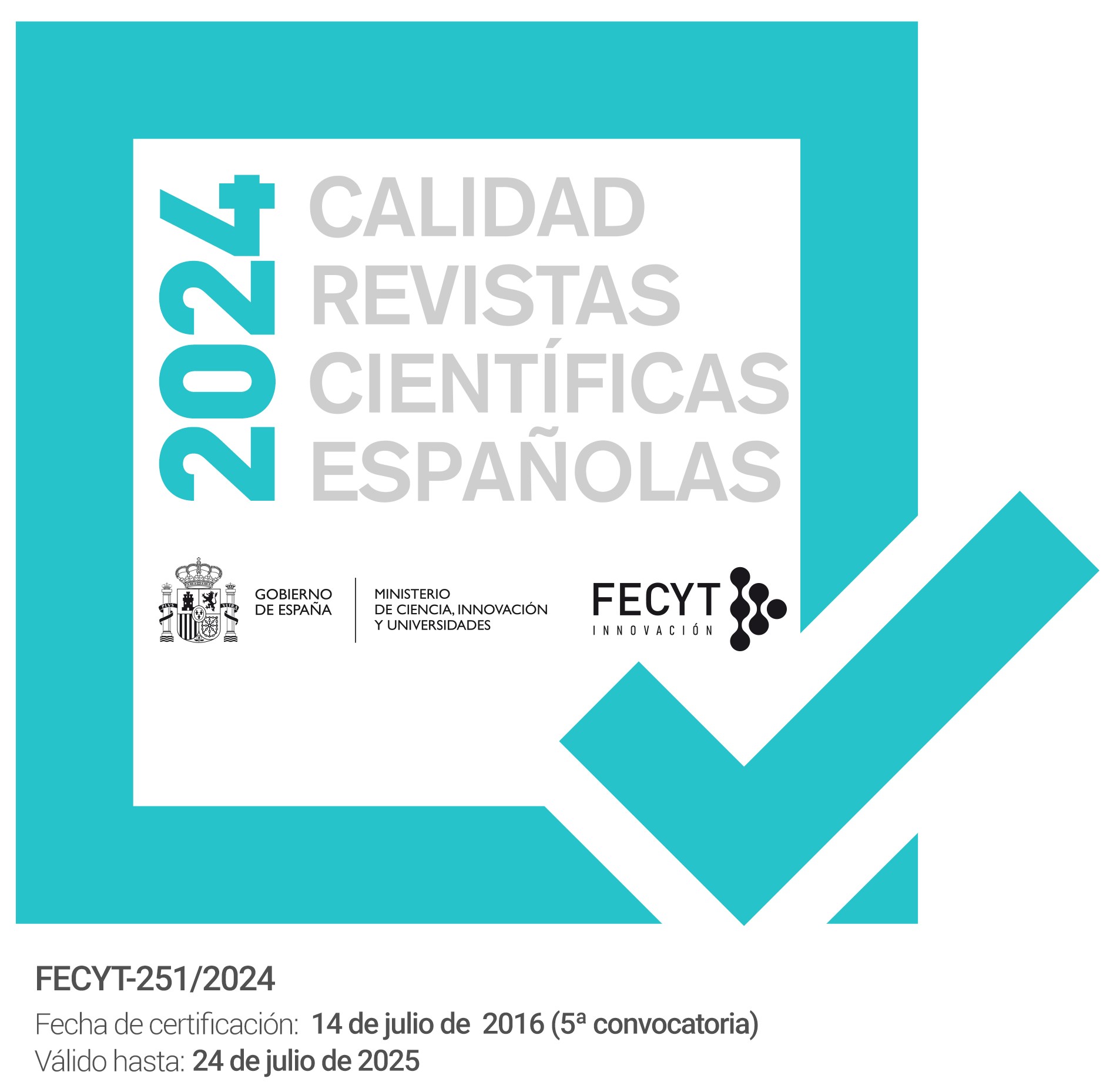Imágenes y sonidos del Wall Mapu. El proyecto de descolonización del universo visual y sonoro del Pueblo Mapuche
DOI:
https://doi.org/10.5944/empiria.35.2016.17171Palabras clave:
medios indígenas, políticas de la representación, identidad visual, paisaje sonoro, Abya Yala, indigenous media, politics of representation, visual identity, soundscapeResumen
La historia del vídeo indígena y de las radios indígenas en el Abya Yala (América Latina) es una historia de descolonización de la palabra y la imagen. La propuesta de descolonización mediática que han elevado los pueblos indígenas del Abya Yala, basada en la producción de textos verbo-audio-visuales desde su propia cosmovisión y proponiendo nuevos lenguajes visuales, nos permiten (re)pensar sobre las nuevas (y antiguas) formas de ver y las identidades visuales divergentes. A su vez, las radios indígenas han permitido a las comunidades crear un espacio para elevar la voz colectiva y proyectarla en el radioespectro creando paisajes sonoros descolonizados mediante nuevos (y antiguos) lenguajes sonoros que se adecuan a una formas de escuchar propias de su cosmovisión y que permiten revisar la matriz epistémica que ha conformado la mirada y el oído occidental, que en muchas ocasiones han constituido una mirada colonial y colonizadora sobre los Pueblos Indígenas. En las dos últimas décadas, el Pueblo Mapuche ha creado proyectos mediáticos que han producido una interferencia indígena Cárcamo-Huechante (2013) en una “mediasfera” (Appadurai, 1995) colonizado que estaba monopolizado por los estados criollos que han construido la memoria de los nuevos estados sobre una identidad no indígena. Este artículo contempla la dimensión política de estos proyectos, ya que la producción audiovisual tiene demostrada capacidad para empoderar a los sujetos subalternizados y permitirles desafiar la violencia de la representación que han experimentado.
The history of indigenous video and in Abya Yala (Latin America) is the story of the struggle to decolonize the mediascape. Indigenous peoples in Abya Yala have raised a proposal of decolonization of the audiovisual production, creating their own films and soundscapes from their worldview, and thus have proposed new visual and acoustic languages. This phenomenon allows us to (re) think about the new (and old) ways to see and the divergent visual identities. Also, indigenous radios have allowed communities to create space where they can raise their collective voice and project it on the radio spectrum creating decolonized soundscapes. In the last two decades, the Mapuche people has created media projects that have produced an indigenous interference Cárcamo-Huechante (2013) in a colonized mediascape (Appadurai, 1995) that has been traditionally monopolized by the Chilean state, that has built its memory and identity as white and non-indigenous. This article considers the political dimension of these projects because audiovisual production has proven to be an effective tool to empower individuals and to allow subalterns to challenge the persistent violence of representation they have experienced.
Descargas
Descargas
Publicado
Cómo citar
Número
Sección
Licencia
Los autores que publican en esta revista están de acuerdo con los siguientes términos:a) Los autores conservan los derechos de autor y garantizan a la revista el derecho de ser la primera publicación del trabajo al igual que licenciado bajo una Licencia Internacional Creative Commons CC BY-NC-SA 4.0.
b) Se permite y se anima a los autores a difundir electrónicamente las versiones pre-print (versión antes de ser evaluada) y/o post-print (versión evaluada y aceptada para su publicación) de sus obras antes de su publicación, ya que favorece su circulación y difusión más temprana y con ello un posible aumento en su citación y alcance entre la comunidad académica.









